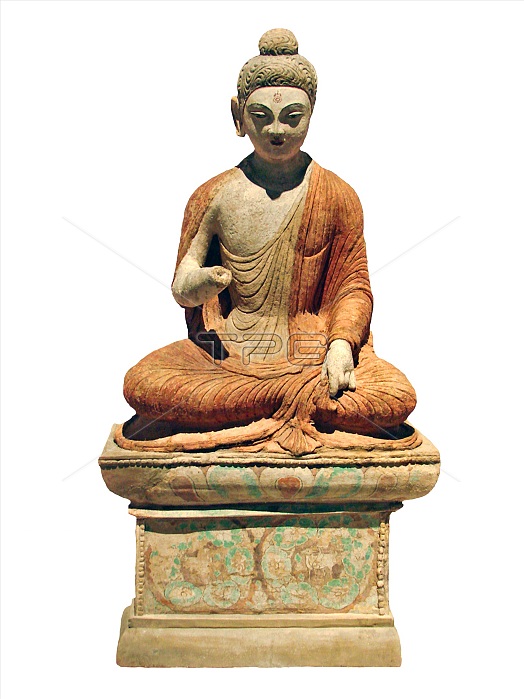
The Qigexing Buddhist Temple Ruins (Uyghur: Xorqu?, Chinese: Q?g? X?ng F?s? Y?zh?; literally 'Seven-Stars Buddhist Temple Ruins') is a complex of Buddhist religious ruins located about 2530 km southwest of the town of Yanqi, Yanqi Hui Autonomous County, Xinjiang, China. Qigexing was part of the ancient Buddhist Karashara Kingdom that is first mentioned in Chinese sources from the Han Dynasty as the Kingdom of Yanqi . In 94 CE, Qigexing was conquered by the Han Dynasty in its reconquest of the Tarim Basin. The Buddhist monk Faxian visited Qigexing around 400 CE and mentions the presence of about 4,000 monks who were practicing Hinayana Buddhism. The monk Xuanzang, who lived in the 7th century CE, reports the existence of 10 Buddhist monasteries with 2,000 monks in Qigexing. In 719 CE, the Tang Dynasty established a garrison in Qigexing in a similar manner as in Kucha, Kashgar, and Hotan. Archeological finds in Qigexing include the ruins of larger temple compounds as well as some cave temples. The remains of some wall paintings and in particular sculptures have been discovered at the site. Sculptures have been found as individual figures as well as in friezes. The site was investigated by Albert Gr?nwedel during the third German Turfan expedition (1905-1907) as well as by Sergey Oldenburg during the Russian Turkistan Expedition (1909-1910).
| px | px | dpi | = | cm | x | cm | = | MB |
Details
Creative#:
TOP27282241
Source:
達志影像
Authorization Type:
RM
Release Information:
須由TPG 完整授權
Model Release:
No
Property Release:
No
Right to Privacy:
No
Same folder images:

 Loading
Loading